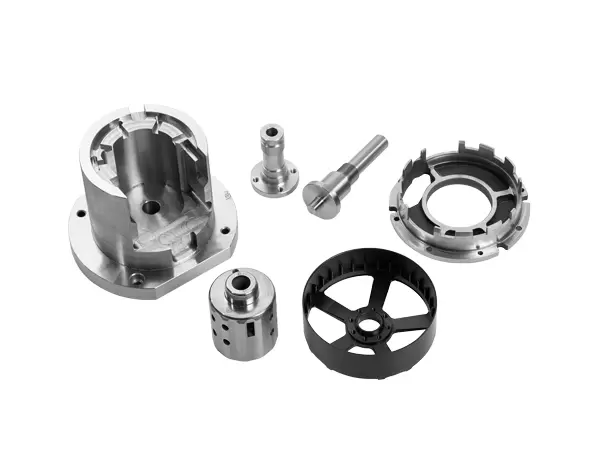In the realm of automotive performance and maintenance, monitoring engine parameters is crucial for ensuring optimal operation and longevity. Among these parameters, oil temperature plays a pivotal role in engine health. An oil temperature gauge provides invaluable insights, enabling drivers and mechanics to make informed decisions about engine performance and maintenance. This article will guide you through the intricate process of installing an oil temperature gauge, ensuring accuracy and reliability in your readings.
Understanding the Importance of an Oil Temperature Gauge
Before delving into the installation process, it’s essential to understand why an oil temperature gauge is a vital component of your vehicle. The oil temperature directly affects the viscosity of the oil, which in turn influences lubrication efficiency, engine wear, and overall performance. High oil temperatures can lead to oil breakdown, resulting in inadequate lubrication and potential engine damage. Conversely, low oil temperatures can indicate insufficient engine operation, leading to increased wear and tear.
Tools and Materials Needed
To successfully install an oil temperature gauge, you will need the following tools and materials:
- Oil Temperature Gauge Kit: Ensure you have a quality gauge that includes a sender unit, wiring, and mounting hardware.
- Wrench Set: For removing and installing fittings.
- Drill and Drill Bits: If you need to create a mounting hole for the gauge.
- Screwdriver Set: For securing the gauge and sender unit.
- Teflon Tape: To ensure a leak-proof seal on threaded connections.
- Wire Strippers and Connectors: For electrical connections.
- Multimeter: To test electrical connections.
Step-by-Step Installation Process
Step 1: Choose the Right Location for the Gauge
The first step in installing an oil temperature gauge is selecting an appropriate location for the gauge itself. Ideally, the gauge should be mounted within the driver’s line of sight for easy monitoring. Common locations include the dashboard or a custom gauge pod. Ensure that the location allows for easy access to the necessary wiring and sender unit.
Step 2: Install the Sender Unit
The sender unit is responsible for measuring the oil temperature and transmitting that information to the gauge. The installation of the sender unit can vary depending on your vehicle's make and model. Here are the general steps:
- Locate the Oil Pan or Oil Filter: The sender unit is typically installed in the oil pan or near the oil filter. This location allows for accurate readings of the oil temperature.
- Remove the Existing Plug: If your vehicle has a factory-installed oil temperature sender, use a wrench to remove it. If not, you may need to drill and tap a hole for the sender unit.
- Install the Sender Unit: Apply Teflon tape to the threads of the sender unit to ensure a leak-proof seal. Screw the sender unit into place and tighten it securely.
Step 3: Run the Wiring
Once the sender unit is installed, the next step is to run the wiring from the sender to the gauge:
- Route the Wires: Carefully route the wires from the sender unit to the gauge location. Avoid areas that may be exposed to high heat or moving parts.
- Connect the Wires: Follow the manufacturer’s instructions for connecting the wires. Typically, you will connect the sender wire to the gauge and ground the gauge to the vehicle’s chassis.
- Secure the Wiring: Use zip ties or clips to secure the wiring along the route to prevent it from being pinched or damaged.
Step 4: Mount the Gauge
With the wiring in place, it’s time to mount the gauge:
- Create a Mounting Hole: If necessary, drill a hole in the dashboard or gauge pod for the gauge.
- Secure the Gauge: Use the provided hardware to secure the gauge in place. Ensure it is firmly mounted and does not obstruct your view of the road.
Step 5: Test the Installation
Before finalizing the installation, it’s crucial to test the gauge to ensure it operates correctly:
- Reconnect the Battery: If you disconnected the battery during installation, reconnect it.
- Start the Engine: Start your vehicle and allow it to reach operating temperature.
- Check the Gauge: Monitor the gauge for accurate readings. If the gauge does not respond, double-check your wiring connections and sender unit installation.
Conclusion
Installing an oil temperature gauge is a straightforward process that can significantly enhance your vehicle's performance monitoring capabilities. By following the steps outlined in this guide, you can ensure accurate readings that will help you maintain optimal engine health. Regular monitoring of oil temperature can prevent costly repairs and extend the life of your engine, making this installation a worthwhile investment for any automotive enthusiast.






+ There are no comments
Add yours